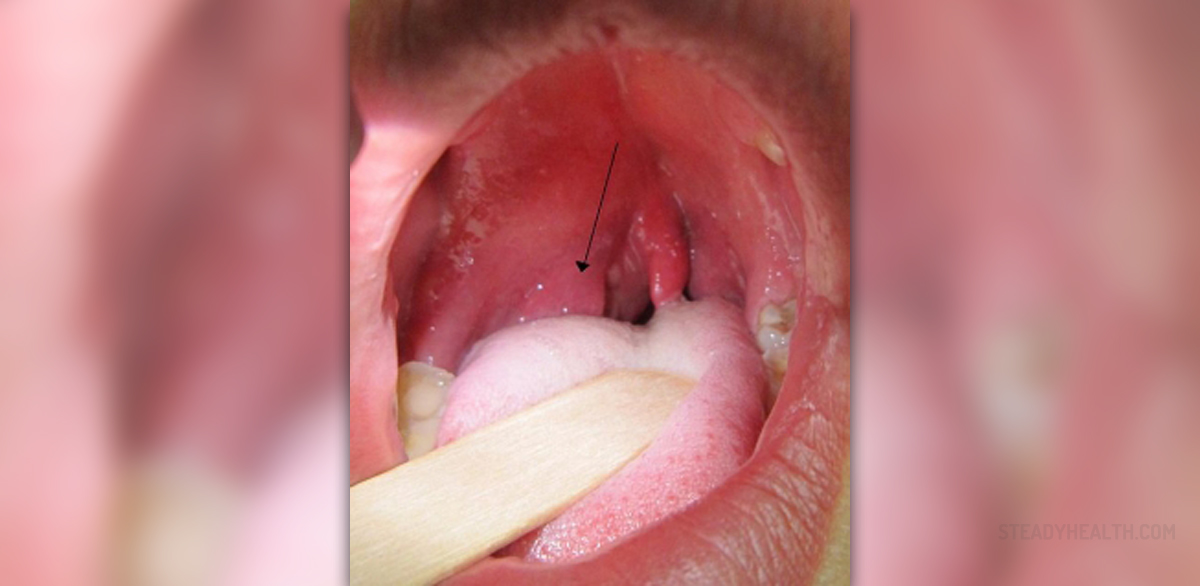
Peritonsillar abscess, abbreviated PTA, refers to the very serious infection in the peritonsillar space found in the head and the neck area caused by aerobic and anaerobic bacteria.
Even though the experts have not given the precise explanation on how the infection begins and the way in which this infection spreads, there are several theories that describe the potential factors for the occurrence of peritonsillar abscess.
It is considered that the place where the infection begins is the area found between the palatine tonsil and the capsules at the back end of the upper pole. While many believe that acute tonsillitis causes this infection, there are also some expert who state that peritonsillar abscess is caused by the necrosis and the formation of pus in the tonsils capsules.
Peritonsillar abscess equally appears in women and men, but this infection usually appears in the people who already have some infection in the peritonsillar region, as well as in people with weak immune system.
Symptoms and causes of peritonsillar abscess
Peritonsillar abscess is an infection that shows several symptoms. The one with this infection may experience fever and chills, along with sore throat and periodical pain in the neck. Furthermore, it is quite possible that the affected person feels sudden change in the voice, as well as dehydration, together with difficulty while swallowing or opening the mouth. Dysphagia, odynophagia and malaise are also some of the warning signs of peritonsillar abscess. Other symptoms of this infection include tonsillar hypertrophy, erythema of tonsils and dislocation of the tonsils from their normal place.
Peritonsillar abscess is caused by either Streptococcus bacteria or Peptostreptococcus and Prevotella bacteria. However, the infection may be also induced by the tonsillitis complications and the development of pus in the area surrounding the tonsils, which is called peritonsillar area.
Treatment of peritonsillar abscess
When one notices the symptoms of this infection, he/she should visit a doctor who usually orders several tests in order to diagnose this disorder. Some of the tests used for the diagnosis of peritonsillar abscess are monospot test, radiography and ultrasonography. Furthermore, fluid culture aspiration and CT scan may also be necessary.
When the infection is diagnosed, the doctor prescribes some medicines in order to relive the symptoms and prevent further spread of the infection, and afterwards, the drainage of the abscess is done. Tonsillectomy is a surgical procedure, which is not so often performed when the peritonsillar abscess is in question, but it is also an available technique for the treatment of this infection.
- medlineplus.gov/ency/article/000986.htm
- www.nhs.uk/conditions/abscess/
- Photo courtesy of James Heilman,MD by Wikimedia Commons: commons.wikimedia.org/wiki/File:PeritonsilarAbsess.jpg

















Your thoughts on this
Loading...